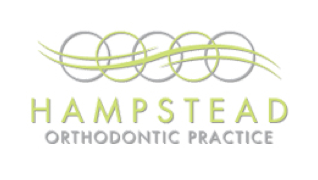Bite Problems – Everything You Should Know
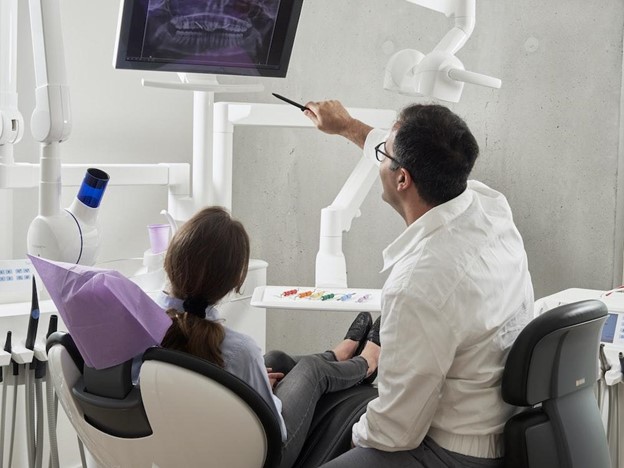
Maintaining good oral health extends beyond brushing and flossing; it encompasses the alignment and functionality of your teeth and jaw. Bite problems, also known as malocclusions, can significantly impact your overall well-being.
This comprehensive guide will explore everything you need to know about bite problems, including their types, causes, symptoms and treatment options.
Understanding Malocclusions
Many people may be living with a malocclusion or bite problem without being fully aware of it. Below we discuss the most common malocclusions and how they present. We have included images of the malocclusions before and after treatment from Hampstead Orthodontic Practice.
-
Overbite (Overjet):
An overbite occurs when the upper front teeth significantly overlap the lower front teeth horizontally, potentially causing discomfort and difficulty in biting. This condition is often hereditary, but it can also result from prolonged thumb-sucking or pacifier use during childhood. Overbites can affect speech and lead to jaw pain and uneven tooth wear if left untreated.
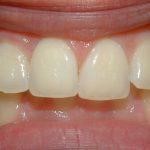
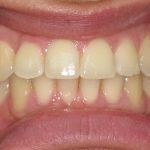
-
Underbite:
Conversely, an underbite transpires when the lower front teeth protrude past the upper front teeth, resulting in a noticeable lower jaw. Genetic factors play a significant role in underbites, but they can also develop due to childhood habits like thumb-sucking or the early loss of primary teeth. Underbites can affect chewing, speech, and facial aesthetics.
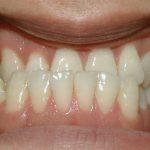
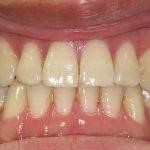
-
Crossbite:
Crossbite occurs when upper teeth sit inside the lower teeth when the jaw closes, leading to misalignment and potential tooth damage. Genetics, delayed tooth eruption, or thumb-sucking can contribute to crossbites. If not corrected, crossbites can lead to uneven wear, gum recession, and jaw pain.
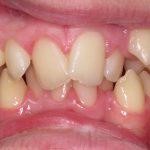
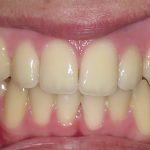
-
Open Bite:
An open bite manifests as a gap between the upper and lower front teeth when the jaw is closed, affecting biting and chewing. This condition can be hereditary or caused by habits like thumb-sucking or tongue-thrusting. Open bites can hinder speech and make it challenging to bite into certain foods.
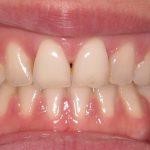
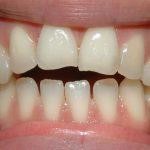
-
Crowding:
Crowding arises when there’s insufficient jaw space for all teeth, causing overlap or crookedness. Genetics and inadequate jaw size can lead to crowding. Crowded teeth are challenging to clean properly, making them more prone to decay and gum disease.
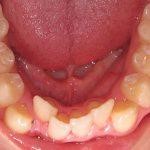
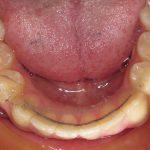
-
Spacing:
On the contrary, spacing problems result from excessive gaps between teeth, often due to missing teeth. Spacing can occur naturally or result from the early loss of primary teeth. While spacing issues may not always affect oral function, they can impact aesthetics and self-confidence.
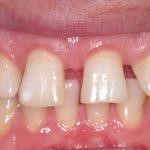
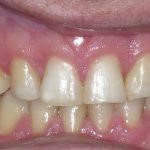
Causes of Bite Problems
Understanding the causes of bite problems is crucial for prevention and treatment. These causes can be multifactorial:
- Genetics: Genetics significantly influence jaw and teeth development. If your parents had bite problems, you may be more susceptible to them.
- Thumb Sucking and Pacifier Use: Prolonged thumb sucking or pacifier use can lead to bite problems, particularly open bites or overbites. Breaking these habits early is essential to prevent malocclusions.
- Early Tooth Loss: Premature loss of primary (baby) teeth can disrupt the proper alignment of permanent teeth. Maintaining proper oral hygiene and addressing tooth loss promptly can mitigate this risk.
- Oral Habits: Habits like tongue thrusting or thumb sucking beyond infancy can affect teeth and jaw position. Identifying and addressing these habits early can prevent malocclusions.
- Injuries: Trauma to the face or jaw can result in bite problems. Using protective gear during sports or activities with a risk of facial injury is essential.
Symptoms of Bite Problems
Identifying bite problems early is vital for effective treatment. Common symptoms and signs include:
- Difficulty Chewing or Biting: Bite issues often lead to problems with biting or chewing food. This can result in digestive issues due to improperly chewed food.
- Speech Difficulties: Misaligned teeth and jaws can cause speech impediments, affecting pronunciation and confidence.
- Facial Pain: Jaw misalignment may cause chronic jaw pain, headaches, or facial discomfort. Addressing the underlying malocclusion can alleviate this pain.
- Tooth Wear: Uneven wear on teeth or teeth grinding (bruxism) may be signs of malocclusion. This can lead to tooth sensitivity and damage if left untreated.
- Self-Consciousness: Aesthetic concerns due to misaligned teeth can affect self-esteem and confidence, especially in social situations.
Treatment Options for Bite Problems
The treatment of bite problems depends on their type and severity. Common treatment options include:
- Orthodontic Treatment: Orthodontic appliances such as traditional braces, Damon braces system, Incognito braces, Symetri clear braces, a herbst appliance, or Invisalign clear aligners can gradually shift teeth into the correct position. Regular adjustments are made to achieve the desired alignment.
- Dental Restorations: Crowns, veneers, or dental bonding can reshape or cover misaligned teeth, improving both function and aesthetics.
- Jaw Surgery: In severe cases, surgical intervention may be necessary to correct jaw misalignments. Orthognathic surgery can address issues like underbites or overbites.
- Extraction: Occasionally, removing one or more teeth can help create space and alleviate crowding. This is often part of an orthodontic treatment plan.
- Orthognathic Surgery: This specialised surgery corrects severe jaw misalignments and is usually done in conjunction with orthodontic treatment. It can greatly improve jaw function and aesthetics.
Conclusion
Bite problems extend beyond mere cosmetic concerns; they can significantly impact your oral health and overall quality of life. If you suspect you have a malocclusion or experience associated symptoms, consult an orthodontist or dentist.
Early diagnosis and appropriate treatment can help you achieve a healthy, functional bite and a confident smile. Keep in mind that every bite problem is unique, and treatment plans should be tailored to your specific needs for the best outcomes.
Book a free consultation online with us today!
To learn more about available treatments, visit our treatments page.


